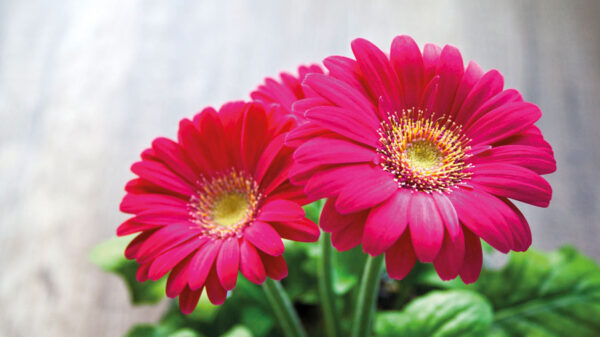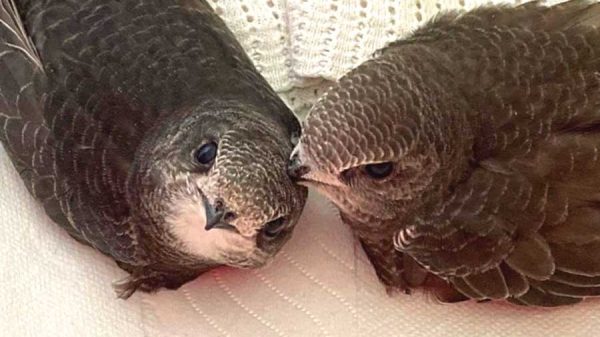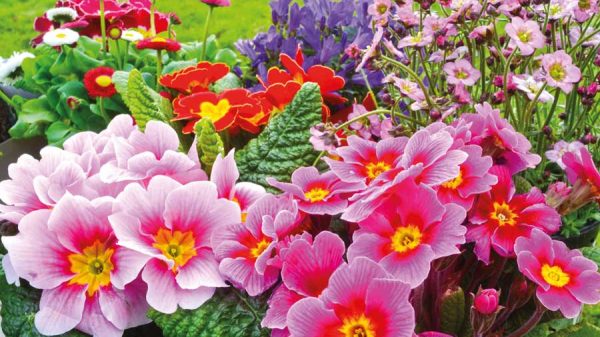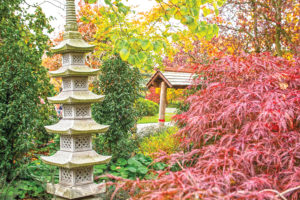The heady warm summer days are by now a distant memory but it’s no time to be down, for me the crisp bright days of autumn and winter hold just as much enjoyment. The most important thing is to give yourself time to indulge in each season, which for me is spending as much time outside as possible. Is it my imagination or do the shorter days seem to make being indoors a little more gloomy? There’s a bright freshness outside that can dispel gloomy thoughts and blow away stuffiness so make the effort, find a sheltered spot with a bench or seat, arm yourself with your favourite hot drink and just daydream about all the fun you’ve had in 2018.
Why is it that most gardening books and magazines say at this time of year we put the garden to bed? I have been gardening all my life and find I am just as busy throughout the winter months as I am at any other time of year. The only thing stopping you is if its raining or there is a heavy blanket of snow on the ground, and in such cases there’s a great opportunity to look through magazines and catalogues to plan next years gardening activities.
I am one of those who likes to keep my garden tidy and whilst I do leave some plants for winter effect I do spend time clearing up leaves and removing dead plants and prunings. One piece of gardening equipment I couldn’t do without is my shredder, it’s a great tool for reducing prunings and dead twigs down to a size that can then be composted along with leaves and the remnants of the summer bedding and vegetable trimmings. The only plant material that I don’t compost is certain perennial weeds that could be spread around the garden such as couch grass, ground elder, mares tail and bindweed. At first it may seem that your garden produces a huge amount of waste and the temptation is to take it to the tip but believe me even if you composted everything you remove from the garden there would never be too much. Mulching borders and adding compost to most of the vegetable garden can be done every year and will not only improve your soil but will encourage beneficial bacteria and suppress weeds.
If you are troubled with leaves then an easy way to make them into compost is to fill dustbin bags, tie the top and make a few small holes in the side of the bag with a garden fork, place it in an out of the way place behind the garage or at the bottom of the garden, by next autumn you should have bags of well rotted leaves ideal for mulching flower and shrub borders.
For quite a few years now I have been growing winter vegetables and I find that they are a great way to extend the season and have fresh home grown cabbage and cauliflowers almost year round. I am a big advocate in buying garden ready plants but there is no reason why you can’t start them from seed if you have space and time. The cultivars that crop throughout winter and into early spring are normally planted mid to late August so you would be sowing them three to four weeks before that in order to have them ready for their final position in late summer. Brassicas I have found quite reliable are Sprouting broccoli ‘Rudolph’, Cabbage, ‘Tundra’ and ‘Marabel’ and Cauliflower ‘Amsterdam’ and ‘Aalsmeer AGM’. Space plants according to the instructions on the seed packet or the leaflet normally sent with plants. Generally a spacing of 35 – 45 cm (15 – 18 inches) apart and the same between the rows. There are very few pests about in autumn and winter although if you are troubled with pigeons, then it’s a good idea to protect plants with a bird net.
One of the most popular plants to give as presents at this time of year it the Hippiastrum (Amaryllis) they are normally supplied as large bulbs and in many cases with a small bag of compost and a pot. They are native to central and south America and as such are classed as a tropical bulbous plant. In order to flower well, they need an initial period in a warm dark place, pot them in a container that is about 2.5cm (1”) larger in diameter than the bulb. Using a good quality house plant compost, plant the bulb leaving about half of it above the compost, give a light watering and place in a dark warm place, if you have an airing cupboard this is ideal.
Once the bulb has about 2.5 – 3 cm (1 – 1.5”) of growth move it to a warm sunny windowsill where it will continue to grow and flower. Water sparingly and if you draw the curtains at night move it into the room until the following morning, they do not like to be too cold. Once the flower fades remove the flowering stem and feed every two weeks with a house plant liquid feed. As the leaves turn yellow remove them and when all are removed stop watering. The bulb will go into a dormant state and can be restarted in January of the following year.
Happy gardening, and seasonal good wishes,
Martin
Next Month, Forcing Rhubarb, Check stored tubers and keep an eye on your lawn.







